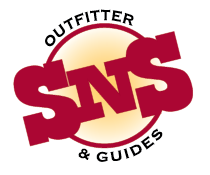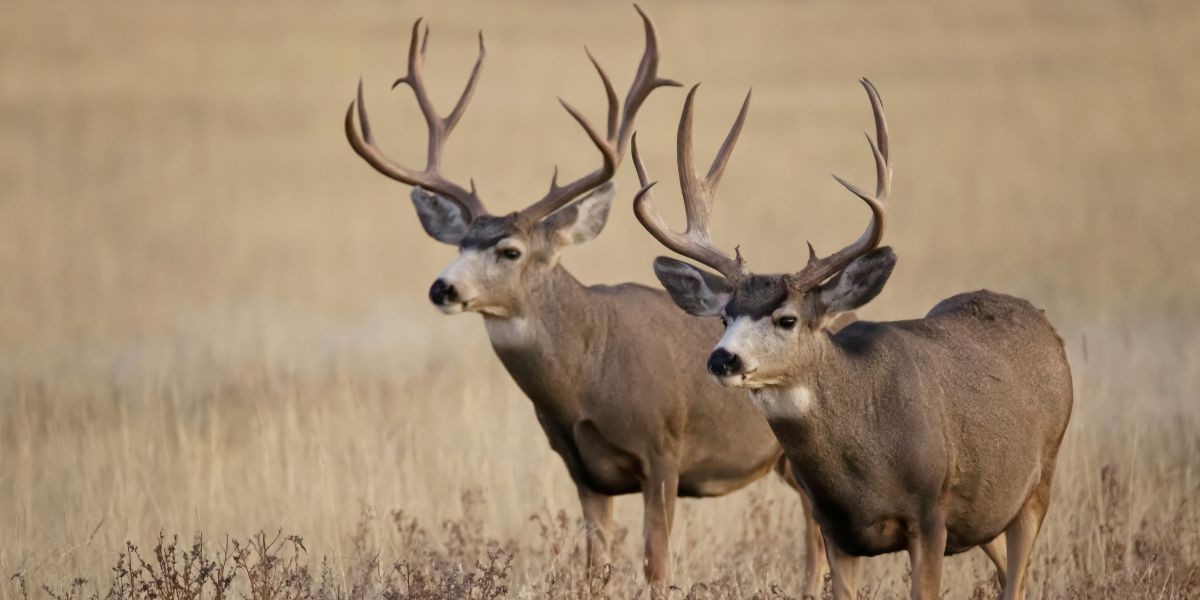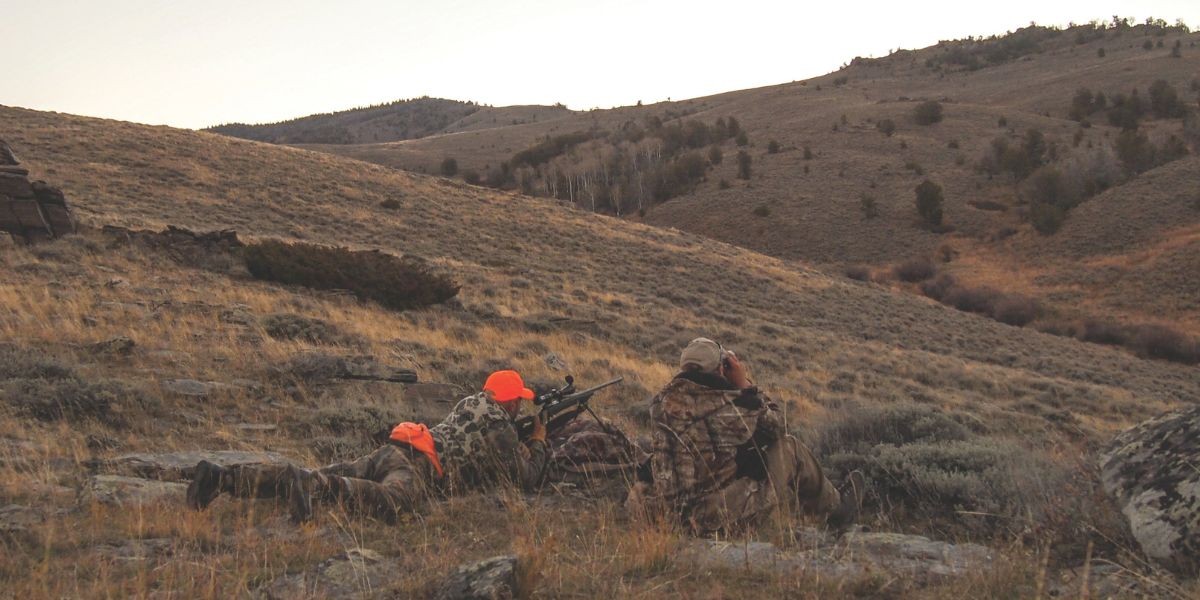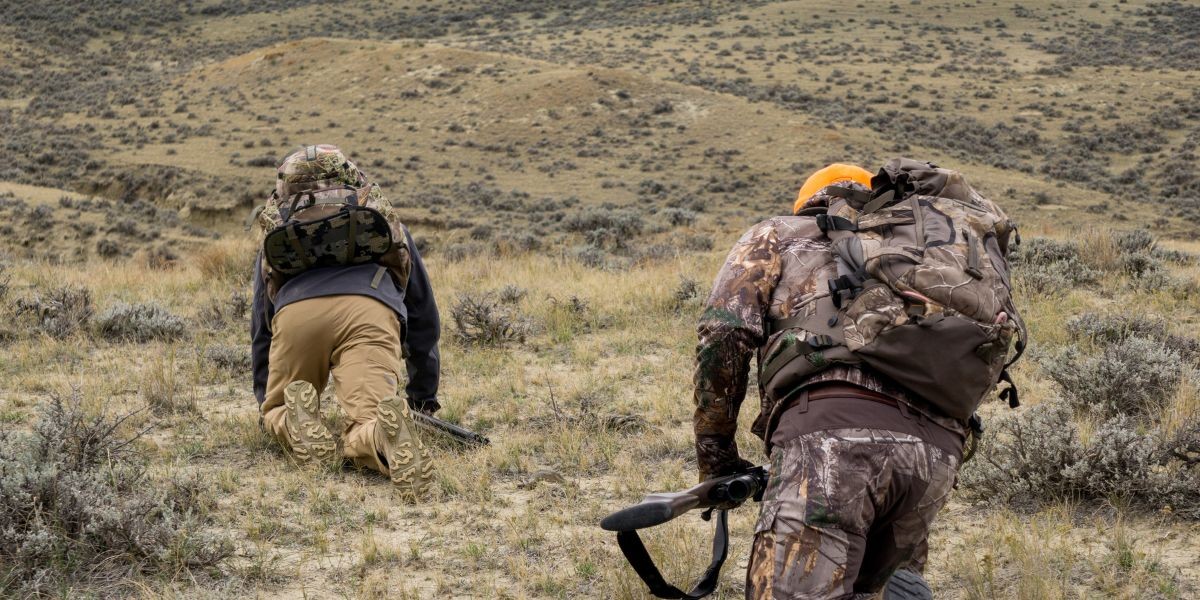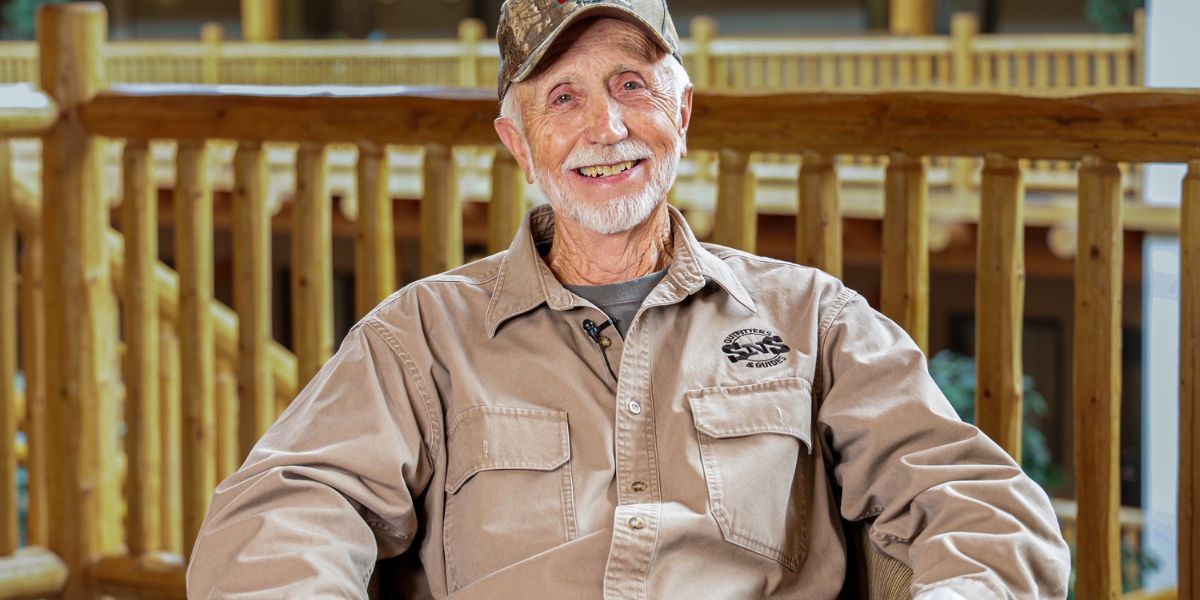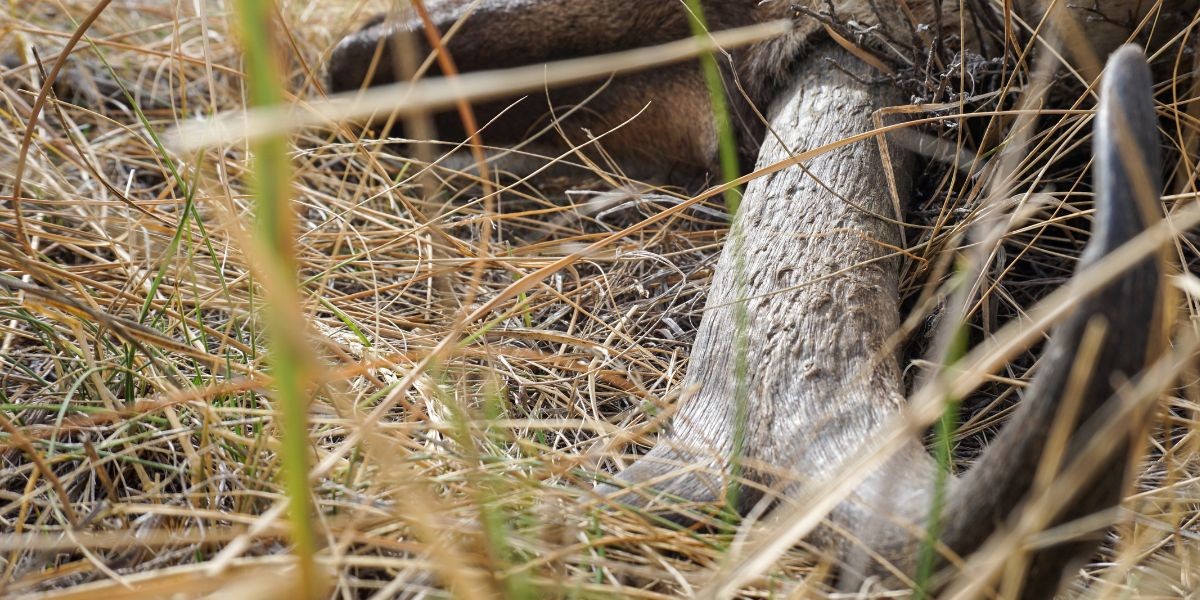
There is something captivating about big mule deer; whether standing in a sea of sage, sneaking through the aspens, or topping over a ridge against the setting sun, the image of a big mule deer buck is a unique picture of the American West.
The popularity of mule deer hunting never seems to wane. In fact, there’s more demand each year for tags and mule deer hunts. And thanks to careful management and hunter-funded conservation efforts, states like Wyoming and Montana offer some outstanding mule deer hunting opportunities.
It’s easy to see why mule deer hunting is so addicting. A mature buck can weigh close to 300 pounds. In many areas, they can reach antler measurements of over 200 inches. With relatively low barriers for entry, mule deer offer one of the most accessible high-adventure hunts in the west.
Mule deer have adapted to life in a wide range of environments. They thrive from the farmlands and high plains east of the Rockies, to the tops of peaks above timberline. And you can find them from the deserts of the southwest to coastal forests along the Pacific.
No matter where you pursue them, hunting a big mule deer buck requires patience and determination. We’ve asked some of our guides for their tips on hunting mule deer. Here are the common threads from those conversations.
1. Glass, Glass and Glass Some More
When speaking with mule deer hunting guides, there is one common theme you will always hear: glass, glass and keep glassing. One common strategy is to reach a high point early in the morning under the cover of darkness. There, it’s easy to set up behind a spotting scope and binoculars as daylight approaches.
In many areas, mule deer like to feed and water throughout the night. The best time to spot them is at first light, as they are traveling back toward bedding areas. Setting up on a good vantage point before daylight will allow you to spot deer while they are still up and moving. Once they lie down, mule deer are very difficult to spot. Even in sagebrush country that appears to be very “open”.
After mule deer take their beds for the day, your opportunities to spot them may be limited. For that reason, hunting in warm weather can be tough. Being able to spot them when they’re on the move provides a significant advantage.
Anytime you’re glassing from high points, just be sure not to skyline yourself. Set up below the ridgeline or with brush or trees as your backdrop. Otherwise, deer will have you immediately pegged.
2. Remain Patient
Mule deer often spend the middle of the day enjoying the shade. If the weather is warm during your hunt, you can expect them to spend even more time in bed.
During the middle of the day, patience and a quality spotting scope are your best tools. When you feel that you’ve covered the same country dozens of times, buckle down and do it again. Picking apart the landscape with your optics can be painstaking work. But when hunting mule deer, it can really pay off.
On a mule deer hunt, one of the greatest keys to success is being ready at all times. When the hunting is slow, it’s easy to let your guard down. But mule deer have an amazing ability to materialize out of nowhere. Keeping your senses on full alert is critical. A sudden opportunity might be your best opportunity.
Each step of the way, take time to think about your shooting lanes, or how you’ll execute a successful stalk without getting pinned down. Act like every situation will be the one that counts.
When you finally spot that shooter buck, remain patient. If the buck is not within shooting range, you will need to take your time and plan a stalk. If the deer is still moving toward his bedding area, you may be best served to wait and watch where he beds before making a move. Anytime you can see where a buck beds down, it gives you a higher chance of success in planning an effective stalk.
3. Prepare For a Physical Hunt
Hunting mule deer can challenge your physical abilities and that’s a great part of the adventure. Locating the buck may only be half the battle. Getting into position for a shot can be a daunting task. Mule deer hunters should be ready to cover several miles a day through rugged country. Like many types of western hunting, being in the best possible shape will help open the door to more opportunities in the field.
At SNS Outfitter and Guides, we offer mule deer hunts in Wyoming and Montana. From open country to high alpine adventures, we have a range of mule deer hunting opportunities to suit hunters with different goals or abilities. You can explore the Mule Deer Hunts on our website. For more details, contact us or give us a call at 307-266-4229.
